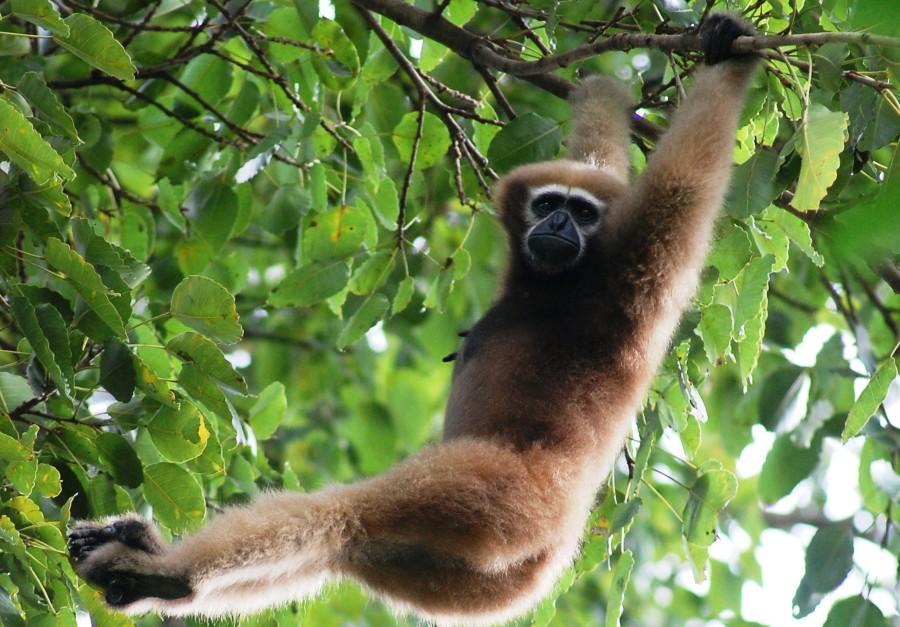Gibbons
April 14, 2015
Gibbons are the greatest. Hands down. As I press the lock button of my phone, I am pleasantly reminded of why gibbons are beautiful, seeing as my lock screen is a rotating picture of the mammal. Not only are these majestic beasts unbelievably photogenic, but there are 15 recognized species of the pinnacle of all primates.
With their own type of motion called brachiating, they can move through the branches of the forest as fast as you can legally speed down 13th, at 35 miles per hour. Not only can they swing far and wide, but gibbons have the best bipedal movement of all non-human primates. This leads gibbons to be continually studied for clues to what evolutionary pressures may have led to human walking.
The classification of “lesser” apes compared to the “great” ape title that accompanies chimpanzees, gorillas, orangutans, bonobos and human all have, does not acturately reflect family as a whole. Their main difference is purely in physical appearance, as they are more monkey like and small, but is superficial nonetheless. Another distinguishing feature of gibbons are the monogamous relationships they have, which is a very unique characteristic among primates. The lifetime partners, and even the couple’s offspring, will sing long, complicated songs with one another. Various species have evolutionarily adapted large throat pouches to amplify their vocalizations.
With all these fascinating and miraculous traits, it is no shock that all but one of the 15 species is not listed as endangered, or even worse, critically endangered. Seeing as we share about 96% of DNA with these furry friends, we might as well show some loving for the glorious gibbon.

























